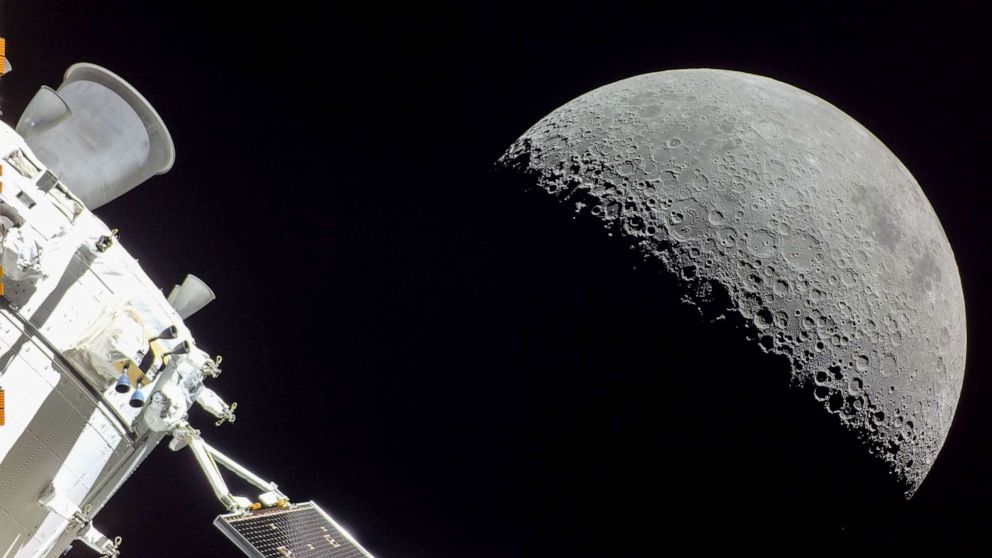The 27 moons of Uranus and their surrounding invisible light rings have been seen for the first time by NASA’s James Webb Space Telescope (JWST). The latest image, taken using a $10 billion telescope, shows 11 of the planet’s 13 rings, which are so dazzling they appear to merge into a single lighted loop.

The first image of Uranus from NASA’s James Webb Space Telescope (JWST) shows the ice giant and its 27 moons surrounded by indistinct light rings. The new image, taken by the $10 billion telescope, shows 11 of the planet’s 13 rings, so dazzling they appear to merge into a single lighted loop.
Scientists are also astonished by JWST’s power since it captured images of the two palest dusty rings, which were not detected until Voyager 2 flew by in 1986. The larger rings are built of ice boulders, while the smaller ones are mostly made of icy fragments discolored by rocks.
Compared to the rings of other planets, such as Saturn, the rings of Jupiter are thin, narrow, and black. The majority of Uranus’ 27 known moons are too small and dim to be seen in this photograph, but Webb managed to capture several of them, and the six brightest may be seen in the 12-minute-old wide-view image.

A thick layer of haze in Uranus’s atmosphere gives the planet a fantastic tint of blue. This layer, known as Aerosol-2, was identified by researchers from the University of Oxford as having a whitish appearance at visible wavelengths. It makes the seventh planet from the sun appear lighter, much like tracing paper over a picture makes vivid colors appear milkier.
The new image was created using the Near-Infrared Camera (NIRCam), which collects light from the edge of the visible through the near-infrared portion of the electromagnetic spectrum.
Star clusters are groups of hundreds to millions of stars that all share a common origin and have been gravitationally connected for billions of years. These tiny, dim formations have never been spotted before.
The European Space Agency (ESA) said that when Voyager 2 peered at Uranus, its camera “showed a virtually featureless blue-green ball in visible wavelengths.”


